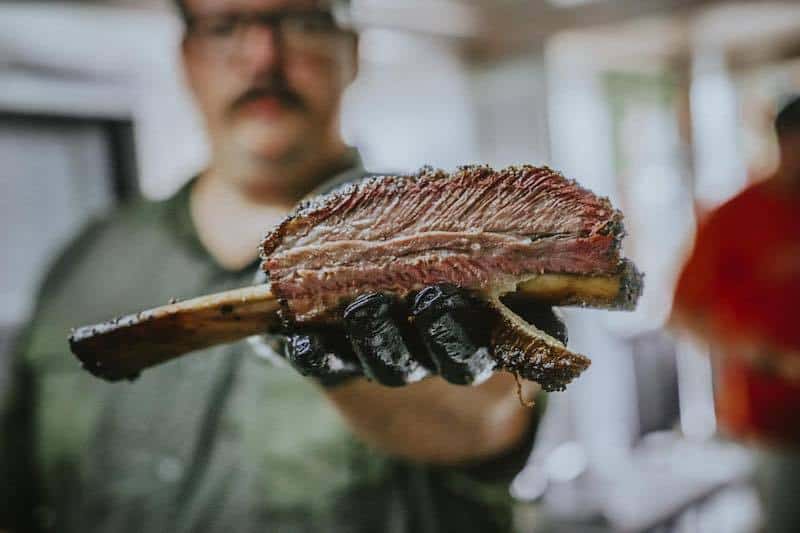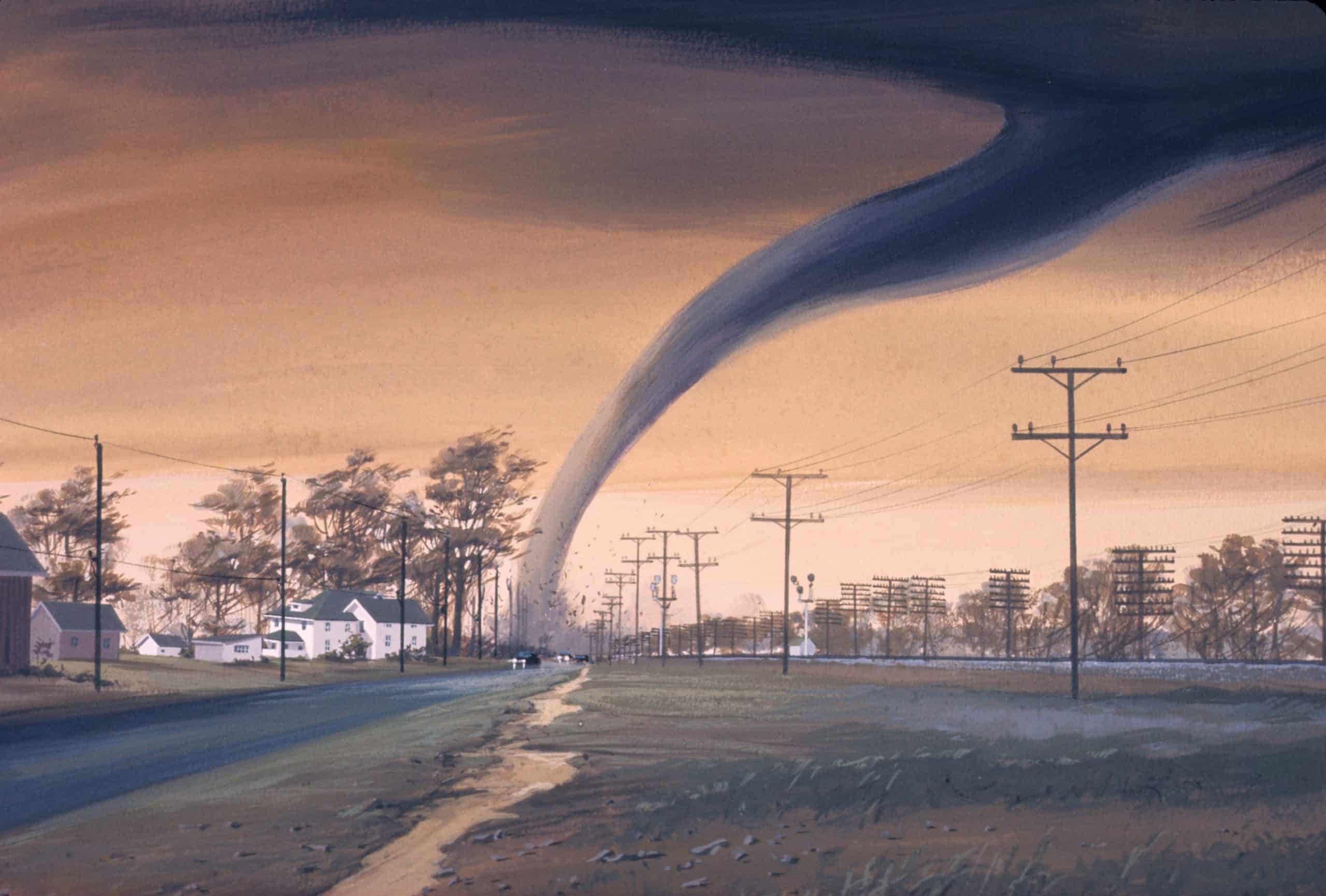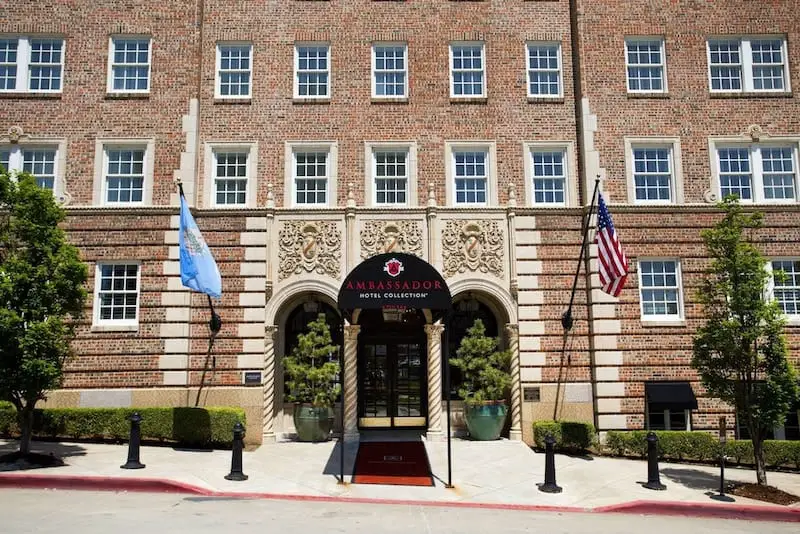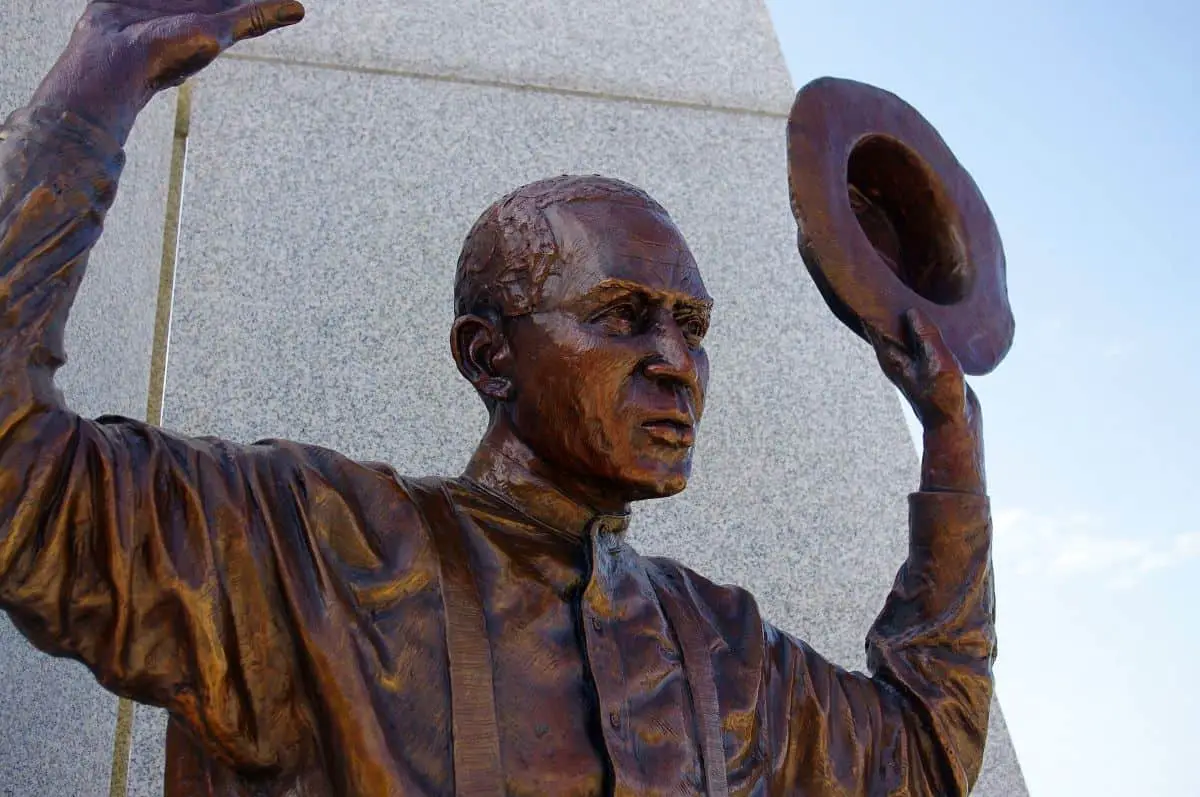Learn More About the 1921 Tulsa Race Massacre
Within the rich history of Tulsa, Oklahoma, there is a dark day that many people find hard to talk about. In the early 1900s, racism was rampant, and the resentment between whites and blacks boiled. Although there had been previous outbreaks of violence in the area, they were nothing compared to what happened on June 1st, 1921.
The events of this day would become known as the Tulsa Race Massacre. Most of us have likely heard the general story of what happened. However, there is so much to explore about this deadly event. Especially since time has passed, more details have come to light about what exactly happened.
Some interesting facts about the 1921 Tulsa Race Massacre include:
- The events in Tulsa in 1921 are widely considered to be one of the worst massacres in American history.
- The town that was burned to the ground was considered the “black wall street”.
- Many of the black people thought that local law enforcement would help them, but instead, they stood by and watched as events unfolded.
- The events started based on a lie. A young black man, Dick Rowland, was accused of assaulting Sarah Page, a young white woman.
- The event officially ended on June 4th, 1921. It came after days of violence and destruction in Greenwood, a mostly black community in Tulsa.
- It is believed that there were up to 6,000 people involved in setting houses on fire and looting black-owned businesses during the race massacre. It’s also estimated that at least 300 lives were lost.
- No one was ever charged or convicted for their involvement in this tragedy.
- Many records of the events were erased/destroyed to protect Tulsa’s reputation.
While these facts are unsettling, we must learn from the past and take steps to ensure that this never happens again. Let’s explore these facts further and get a complete story of this dark day.

An Unjust Cause
As I previously mentioned, the events of June 1st started to unfold because of an accusation of assault. Sarah Page, a 17-year-old white girl, accused Dick Rowland of assaulting her in an elevator. Even though it was later revealed that the young man did not harm the young woman.
However, rumors of the attack spread quickly and Rowland was immediately arrested. That same day, a white mob formed at the jail where he was being held and demanded that Rowland be released to them so they could lynch him. The sheriff later convinced the crowd to leave, promising them that justice would be served in the morning.
This did not bode well with the white mob. They told him that if justice wasn’t served in a way that satisfied them, then they would take matters into their own hands. Unfortunately, this is exactly what happened.
The mob of white men was met with a group of armed black men to protect Rowland. Shooting ensued and the massacre officially began.
Terror And Confusion
The first black people to be attacked were reportedly members of the prosperous black community. However, it didn’t take long for fear and terror to grip both black and white residents of Tulsa as the massacre continued throughout the night.
Several fires were started and people fled their homes in the night. Many people didn’t make it out alive. As chaos ensued, many black residents were detained or arrested. Some fled to safety in other states while others made their way to the limited safe zones available.
However, these areas were also met with violence and death as bombs were dropped on them relentlessly by airplanes. These planes flew over the safe zones and dropped bombs on anyone within their range.
Black Wall Street
It is still largely unknown to most people that the Greenwood District was considered Black Wall Street. This area was known for having some of the most wealthy and successful black business owners in America.
While racism and segregation were strong, the blacks that lived in this district thrived and even became well-known throughout the country because of their success.
The events on June 1st affected everyone living in this community, but some suffered more than others. In the first day alone, 300 homes were burned to the ground as well as countless businesses and churches. It was reported that even Greenwood’s school and hospital were destroyed in the fire.
The community and people would never fully recover. Although many buildings were eventually rebuilt, these homeowners and business-owners never received any reparations or government assistance.
No Help From The Law
It is no surprise that during this time, the laws rarely protected the rights of blacks. Many courts still did not see blacks as actual citizens, therefore, did not deserve full rights. Because of this, black people were left with no help on this deadly day.
The police stood by and watched as black-owned homes and businesses burned to the ground. Many arrests were made- but almost all were black.
Many still believe that high-ranking members of the police and city government were involved in planning and encouraging the violence against blacks.
Even though there was no official investigation, historians have found evidence suggesting that these accusations are correct. White people were let out of jail the same night, while black people spent days incarcerated.
3 Days Of Violence
The violence continued for three full days of this massacre. In that time, whites went from house to house, attacking and burning whatever they came across. Thousands of black people were rounded up and detained at local fairgrounds without food or water.
The police department established the boundaries of the detention area with bloodhounds to scare blacks away from outside the perimeter.
This continued for three days, only ending when the state militia arrived and took control of the city. They disarmed both black citizens and white citizens before attempting to find those responsible for the attacks on blacks. Even though thousands of people were detained during this time, not one person was ever convicted.
By The Numbers
Since we have few complete records of what happened during these days, it is hard to come up with numbers of people injured or killed. It’s also difficult to determine an accurate number on how many homes and businesses were burned down and destroyed since police records say very little about the attack on Greenwood.
Here are some generally agreed upon numbers regarding the Tulsa Race Massacre:
- $1 million or more worth of damages
- 800 people estimated to be injured
- 300 homes and businesses burned down or destroyed
- 10,000 left homeless/fled the city
- 6,000+ black people were detained
- 19 people died (most of them black)
- 0 convicted of any crime
And lastly, it took Tulsa over 50 years to build a memorial in the Greenwood community to honor those who lived through this traumatic experience.

Where Are All The Records?
Even today, it is hard to find official records or resources explaining exactly what happened during this time. Many believe that the city wanted to keep these events quiet to protect the reputation of Tulsa before more people became aware of them. The massacre was not well-known for about 50 years following its occurrence.
It has been suggested that many photos, paper records, and other evidence were destroyed. Finally, in 1991, the state officially recognized the events in Tulsa in 1921 as a “racial massacre.”
The site of the destruction has been a source of controversy for many years. In 2010, a memorial was set up to honor those affected by this event. Today, Tulsa looks back on these events and tries to handle them in a way that is respectful and sensitive toward those who suffered because of it.
What Are The Present Day Implications?
Even though this event is in the past, it has continued to have an impact on Tulsa today. In the more recent years, some of this tension between whites and blacks has been starting to boil up again. In 2015, a white police officer shot and killed a black man named Eric Harris.
This sparked protests around the city which resulted in over 100 arrests. This is an example of how the tension from 1921 still exists today and maybe part of what sparked these events in 2015.
Due to the past treatment of African Americans in Tulsa, some people wonder if this is also happening today. Some believe that white police officers are still prejudiced against blacks because of what happened in 1921.
This thought has caused fear and tension among black people looking for justice when they are wrongly attacked by whites. Their fears come from believing that some white officers may act on their prejudices when they are in authority.
Also, many black people feel like they are still grappling with the generational effects of this tragedy. They feel that there is a significant wealth gap between them and white people in Tulsa. Many believe the black people of Greenwood are still deserving of justice and reparations.
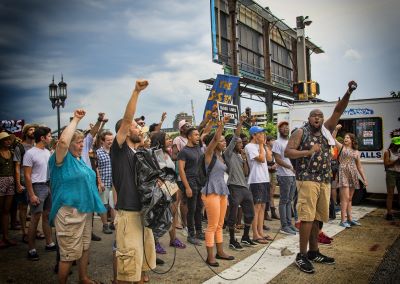
Conclusion
Not only did it make history, but the painful effects of what happened in Tulsa are still present today. Understanding why these events happened can give us insight into how to prevent them from occurring again in the future.
The loss of life was terrible and it greatly affected the community for years to come. Although it’s difficult to find accurate records of what happened during these three days, there were many people affected by this tragedy.
It is a dark day in Tulsa’s history and was unfortunately buried for far too long. It took approximately 50 years before the events in Tulsa were recognized as a “racial massacre” by the state of Oklahoma. The loss of life and property was devastating, along with what it did to Greenwood for years after.









